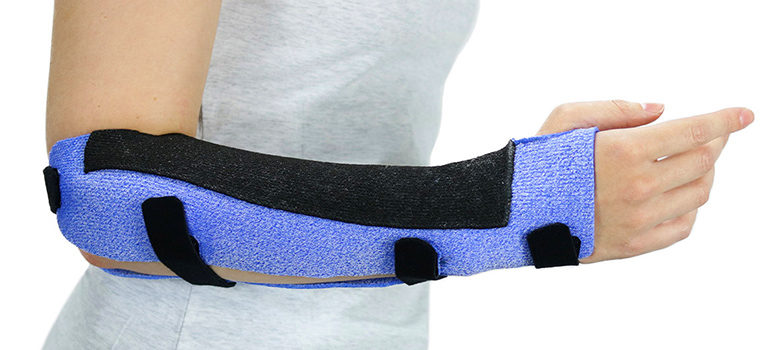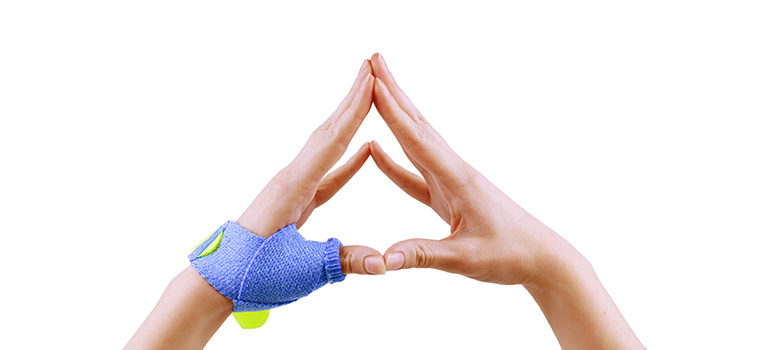
Orthoses and Carpal Tunnel Syndrome
Conservative treatment of CTS
Carpal Tunnel Syndrome (CTS) is a common form of median nerve compression that typically results in tingling, numbness and pain in the hand and fingers. Multiple treatments ranging from conservative interventions of orthotic fabrication and exercises to surgery can be tried to alleviate these symptoms.
The Journal of Hand Therapy recently featured a randomized clinical trial that tested the effectiveness of several conservative treatments for CTS. The Turkish researchers evaluated the following treatments for patients diagnosed with mild to moderate carpal tunnel syndrome:
- Kinesiotaping
- Wrist orthoses
- Paraffin
Conservative treatments put to the test
The study was conducted on a group of 110 female patients. These patients were evaluated using nerve conduction studies and ultrasonography. Clinical testing also included:
- Hand grip and finger pinch measures
- The Visual Analogue Scale (VAS) for pain
- The Boston Carpal Tunnel Syndrome Questionnaire for symptoms and function.
The patients were randomly assigned to either treatment with:
- A volar based wrist orthosis
- Kinesiotaping and a wrist orthosis
- Paraffin treatments and a wrist orthosis
See full article for details of these techniques and how they were applied.
Evaluations were performed at 3 weeks, 3 months and (for some patients) at a 6-month follow-up.
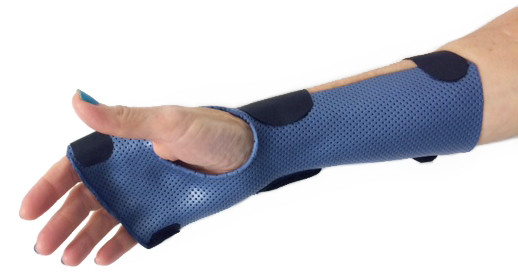
Notable improvements
Results of the study showed improvements in clinical, ultrasonographical and electrophysiological areas in all three treatment groups. The improvements were seen at the 3 week and 3 month evaluations and even lasted through to 6 months.
The group that was treated with orthotic wear and kinesiotaping appears to have statistically better results in terms of pain reduction and grip strength, especially for those patients with mild carpal tunnel syndrome.
All treatment groups showed evidence of clinical improvements as well as improved motor and sensory latency scores on electrodiagnostic testing. The researchers also noted improved results in ultrasonographic data, i.e. a decrease in the median nerve cross-sectional area.
The role of orthotic fabrication
The use of an orthosis continues to be an effective conservative treatment for patients with mild CTS and can also be helpful at reducing symptoms for those with moderate CTS. It may be useful to look into combining the orthosis with additional treatment techniques such as kinesiotaping (once the techniques of application have been mastered).
Orthotic fabrication ideas for carpal tunnel syndrome
Volar based orthosis
Learn how to fabricate a comfortable and effective volar wrist orthosis for the treatment of carpal tunnel syndrome. Discover our orthotic fabrication tips or watch our instructional video for a visual guide of the Volar Wrist Cock-Up Orthosis:
Materials
A volar wrist orthosis can be fabricated from many different materials, depending on the therapist’s and the patient’s preferences.
For most adults, 3 mm (1/8″) is the appropriate thickness for this design. However, for some individuals, 2 mm (1/12″) might offer enough support. If that’s the case, you can choose Orfit Colors NS.
Try Orfilight for a lightweight orthosis that will not add extra weight to the patient’s extremity.
Elastic materials are also excellent for this type of orthosis and will conform best when stretched. Try Orfit Classic, Orfit NS and Aquafit NS (Orfit Natural NS) for this application.
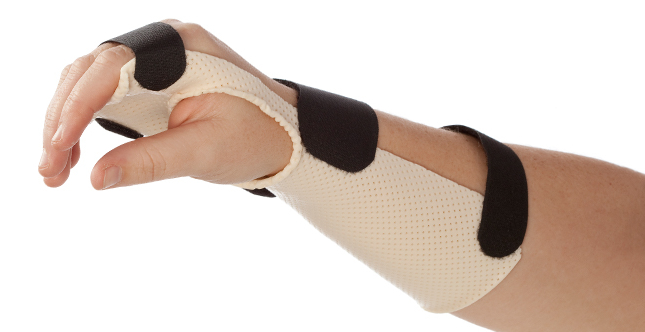
Lightweight materials, such as Orfilight NS, are perfect for a comfortable Carpal Tunnel Syndrome orthosis.
Dorsal based orthosis
A dorsal based design can also be a suitable option for carpal tunnel syndrome and is ideal for patients who want to leave their palms free.
Read about the Dorsal Cock-Up Orthosis in our Blog Post or follow the Splinting Guide for detailed instructions.
Materials
Try one of our dorsal wrist precuts in Orfit Classic and Orfit Eco for this very purpose.
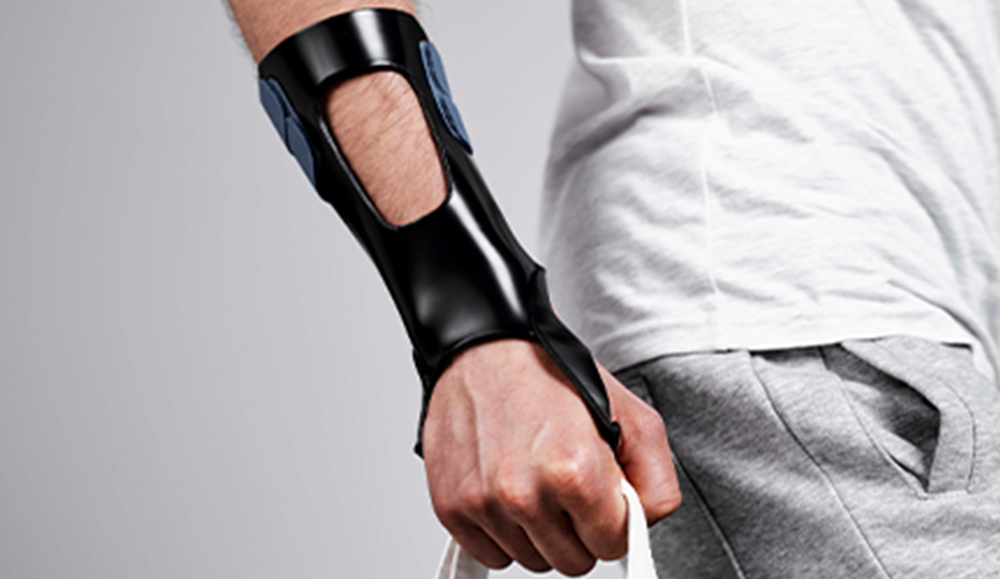
Dorsal based wrist cock-up orthosis in Orfit Eco Black NS.
Reference
Kaplan, B. M., Akyuz, G., Kokar, S., & Yagci, I. (2019). Comparison of the effectiveness of orthotic intervention, kinesiotaping, and paraffin treatments in patients with carpal tunnel syndrome: A single-blind and randomized controlled study. Journal of Hand Therapy, 32(3), 297-304.
![]()

Written by Debby Schwartz, OTD, OTR/L, CHT
Physical Rehabilitation Product and Educational Specialist at Orfit Industries America.
Debby is a certified hand therapist with over 36 years of clinical experience. She completed her Doctorate of Occupational Therapy at Rocky Mountain University of Health Professions in 2010. She has worked at Orfit Industries America as Product and Educational Specialist since 2007.
Debby is also an adjunct professor at the Occupational Therapy Department of Touro University, School of Health Sciences, and at the Occupational Therapy Department at Yeshiva University, Katz School of Science and Health in NYC. She has written many book chapters in the field of hand therapy and multiple articles for hand therapy journals, including the ASHT Times and the Journal of Hand Therapy. She has published a new textbook on orthotic fabrication together with Dr. Katherine Schofield, entitled “Orthotic Design and Fabrication for the Upper Extremity: A Practical Guide”.
![]()
If you’d like to receive the latest product updates and interesting Orfit news, subscribe to our newsletter:

